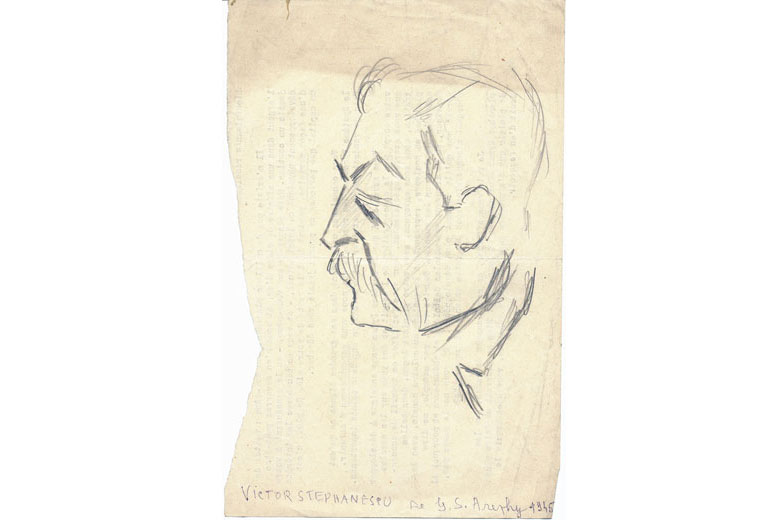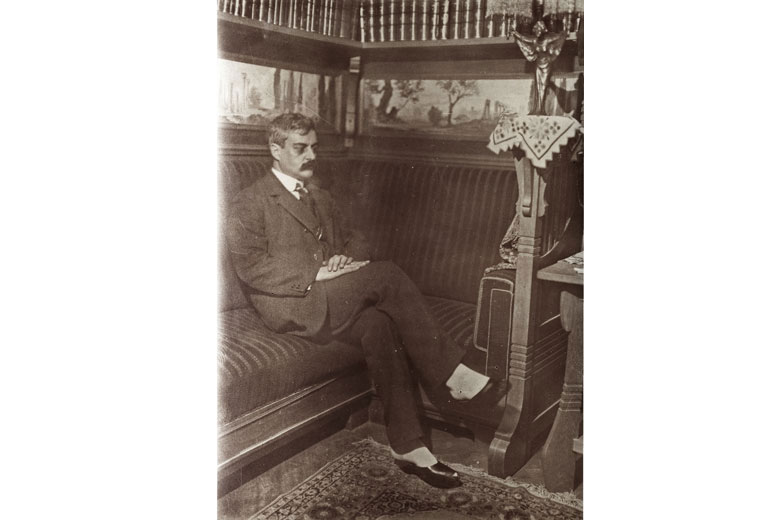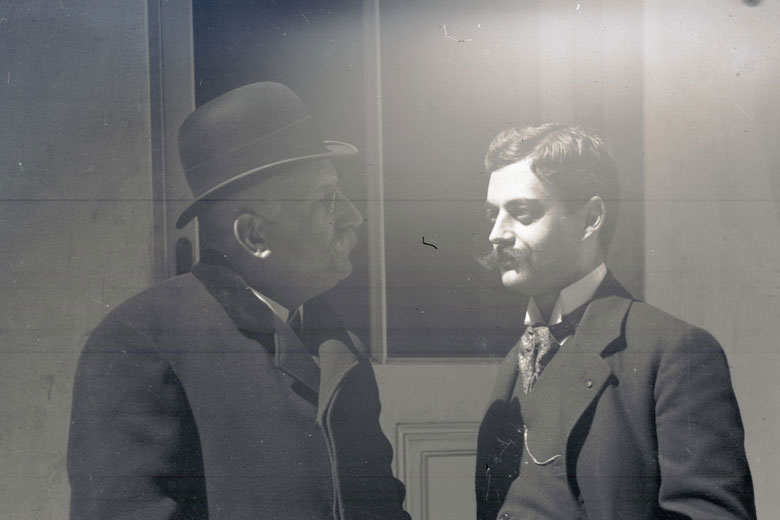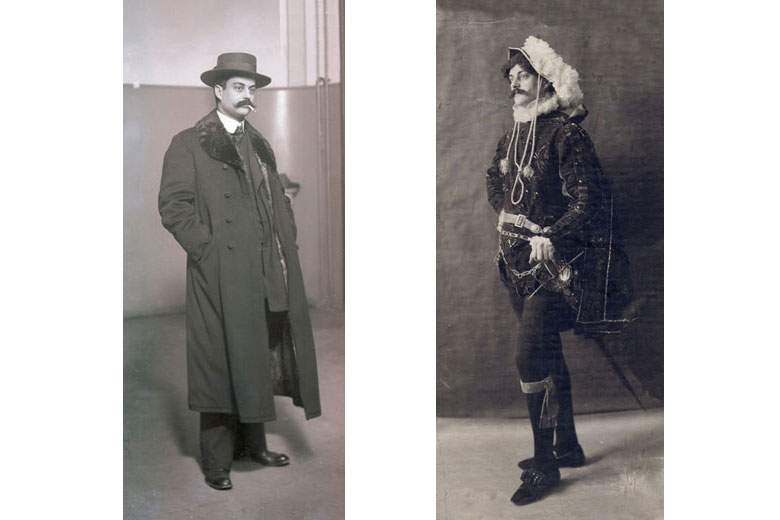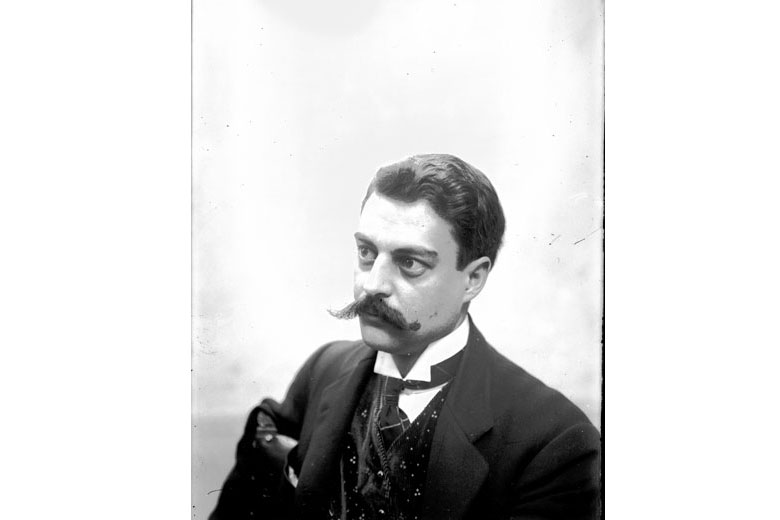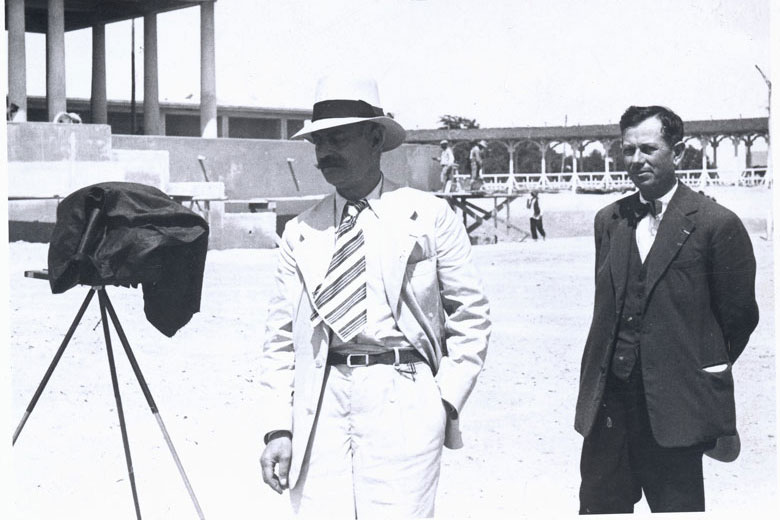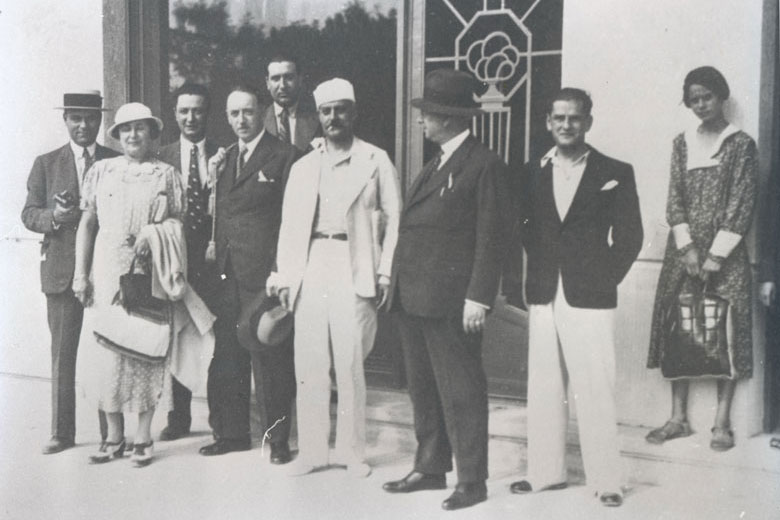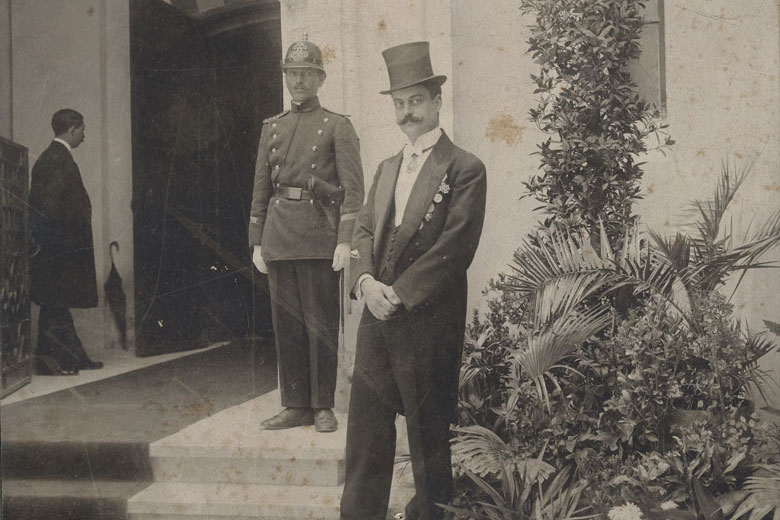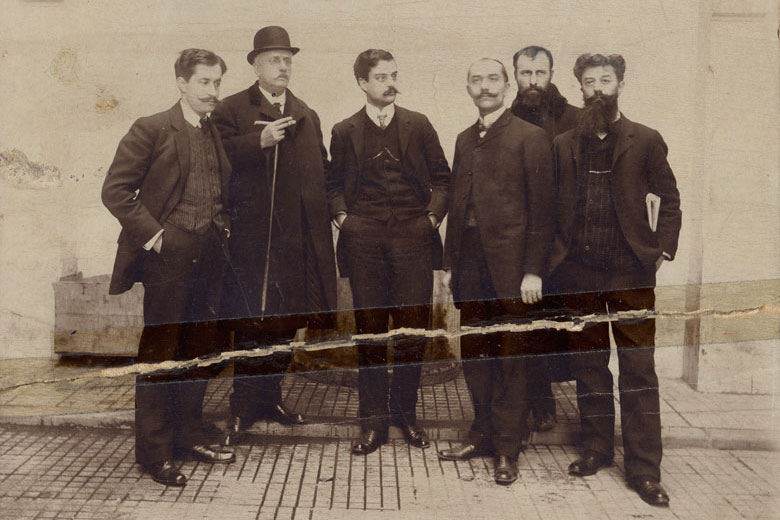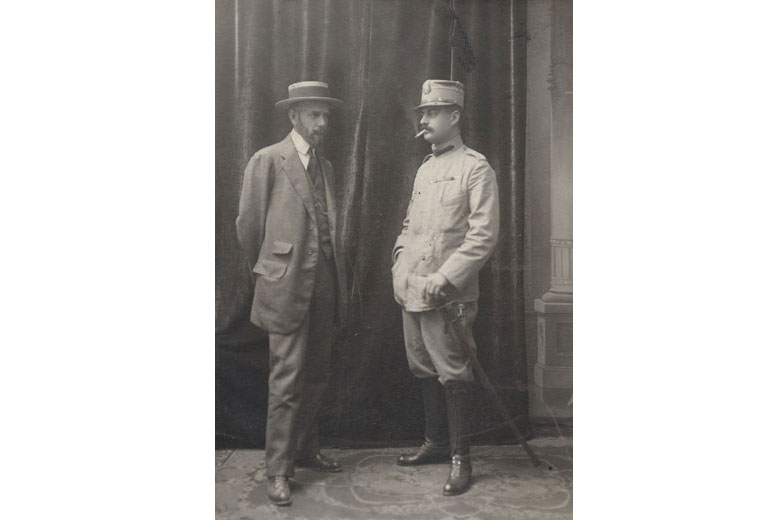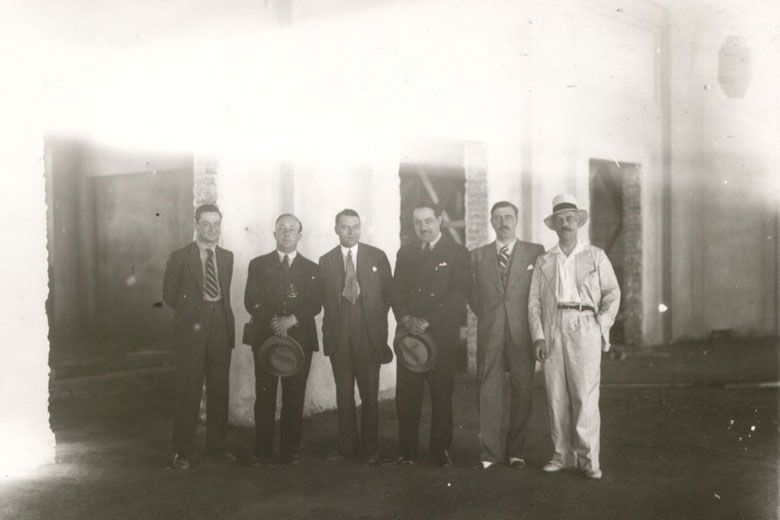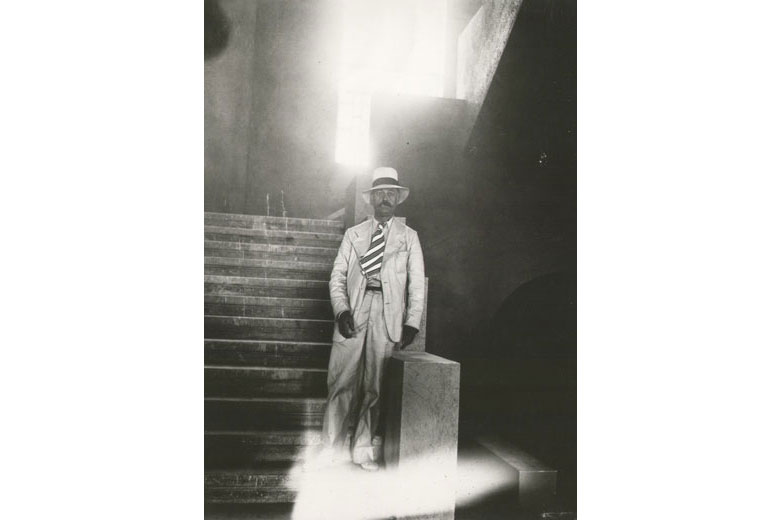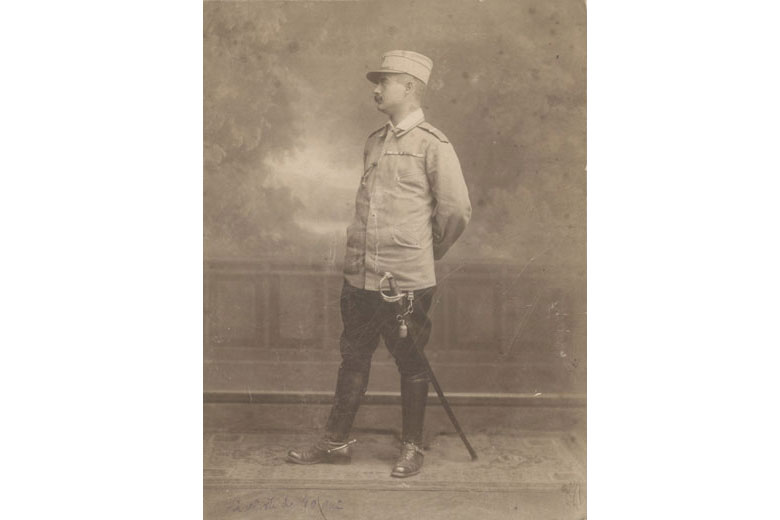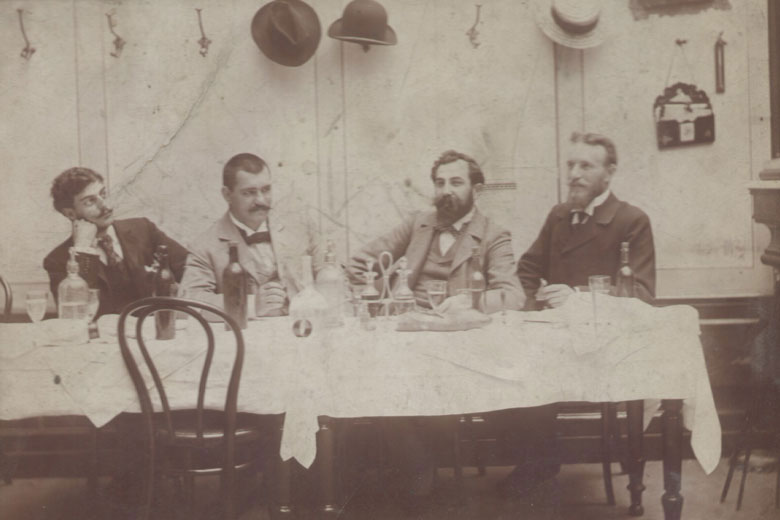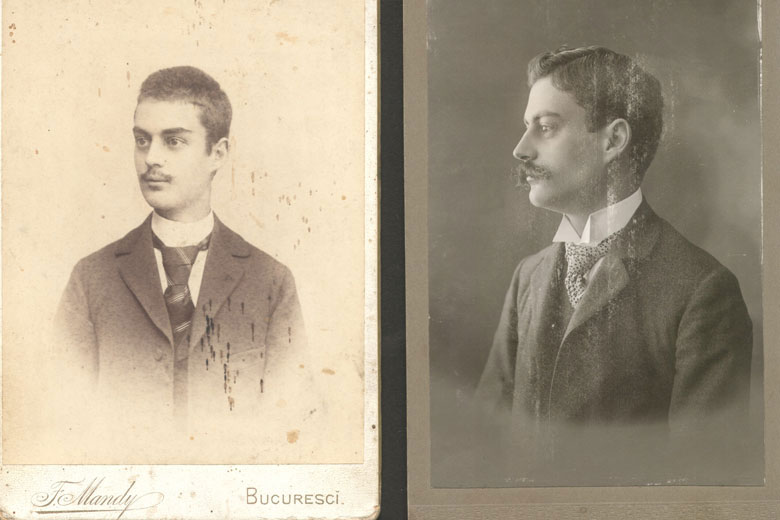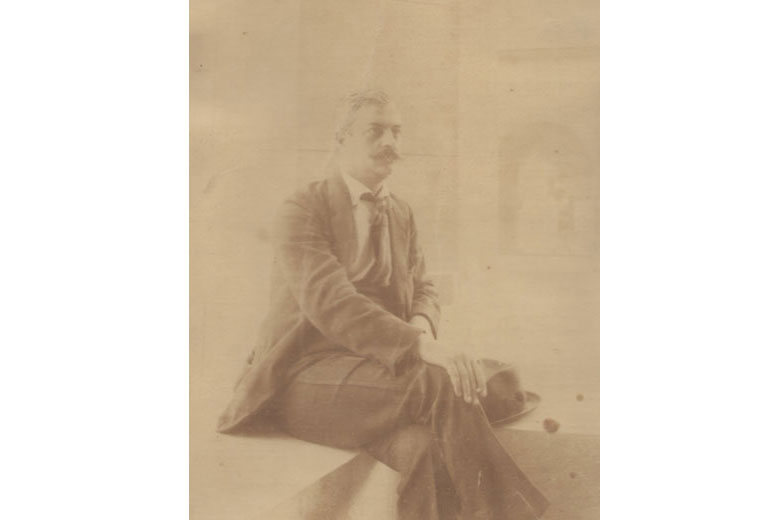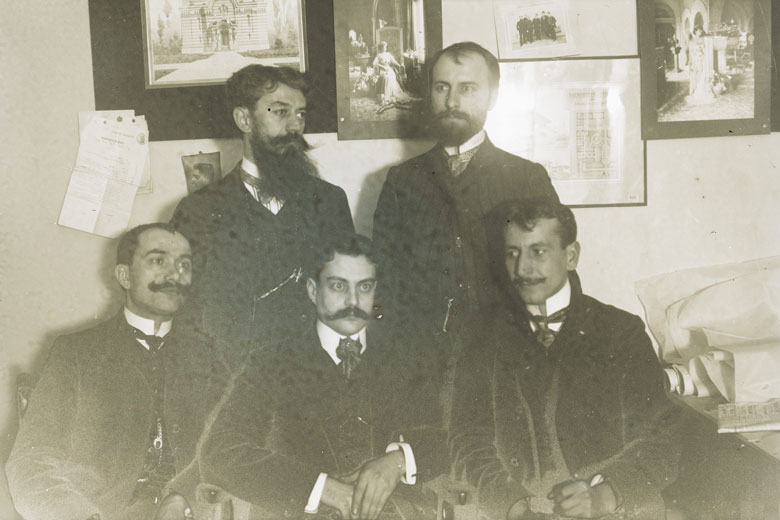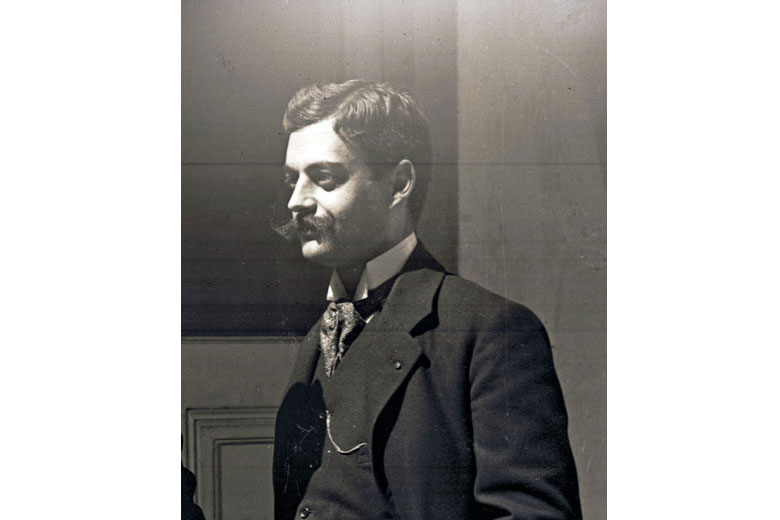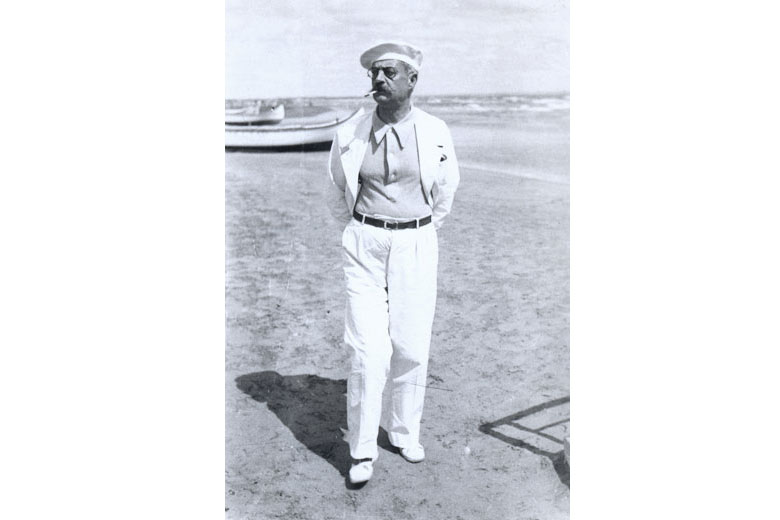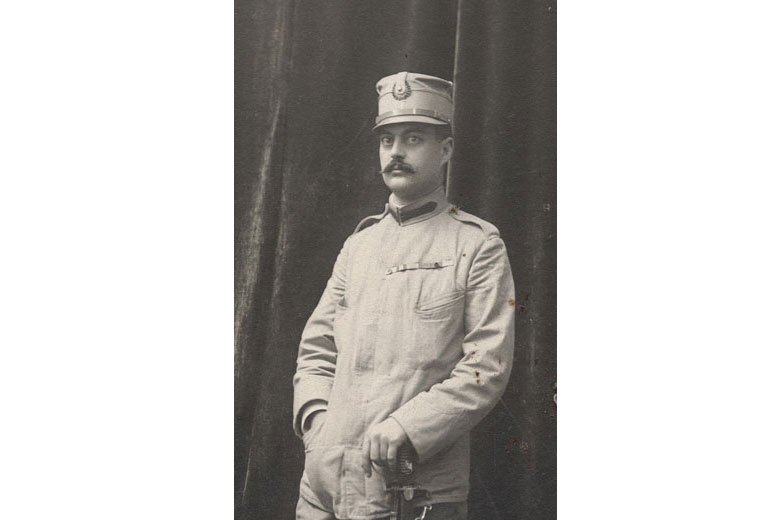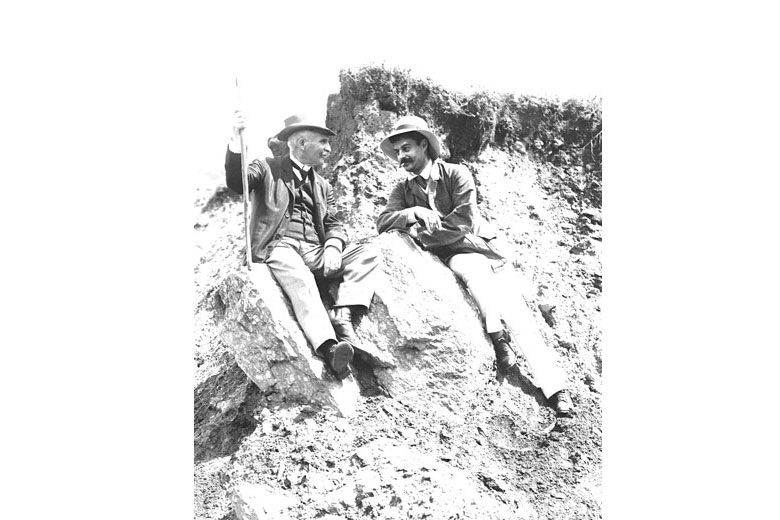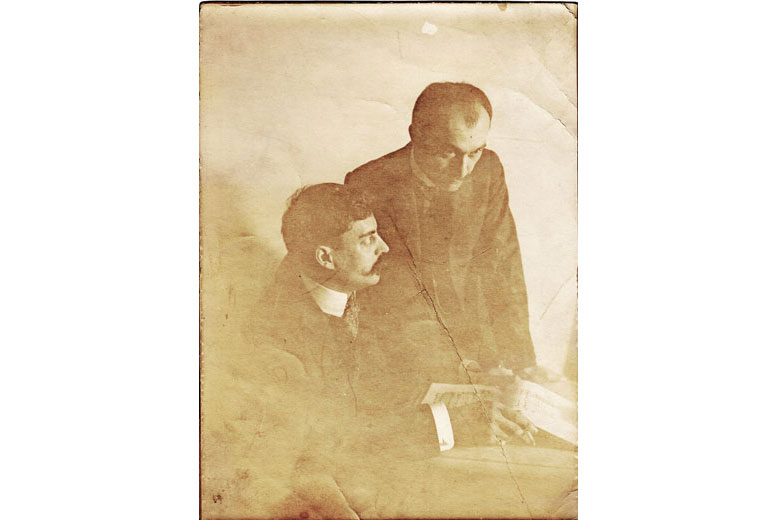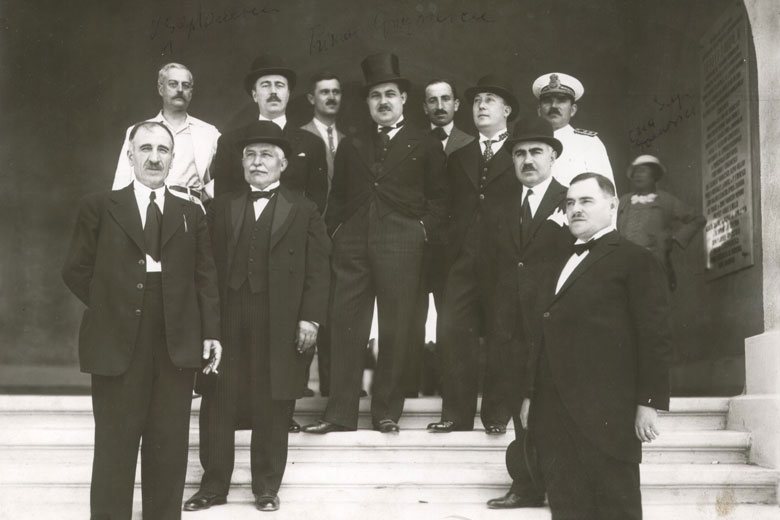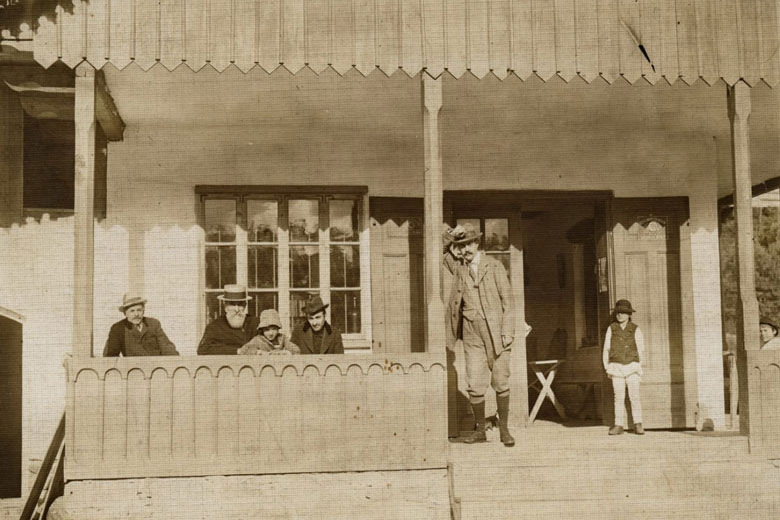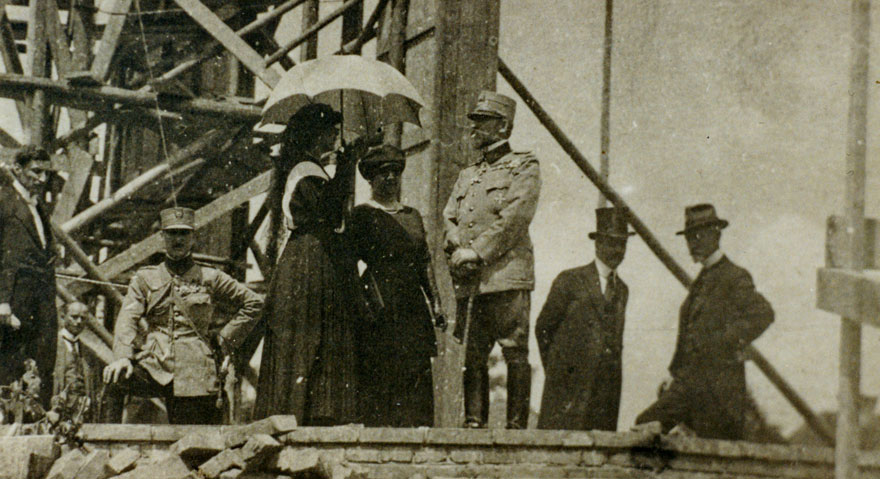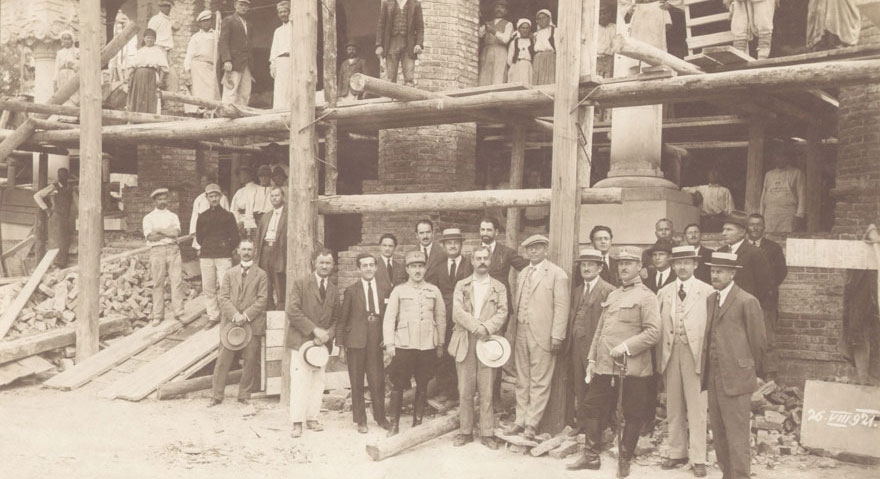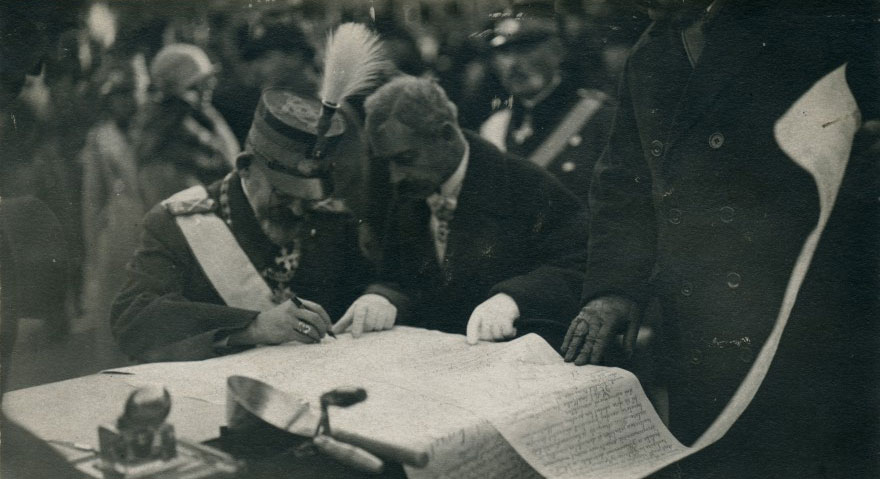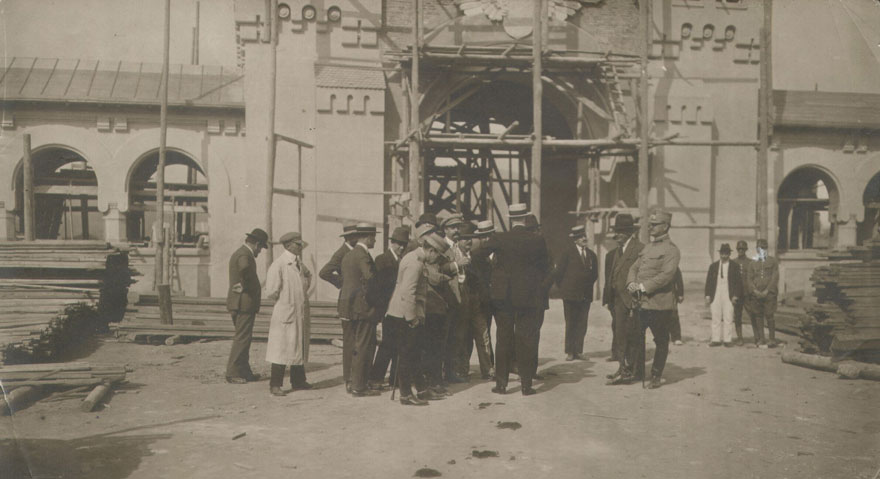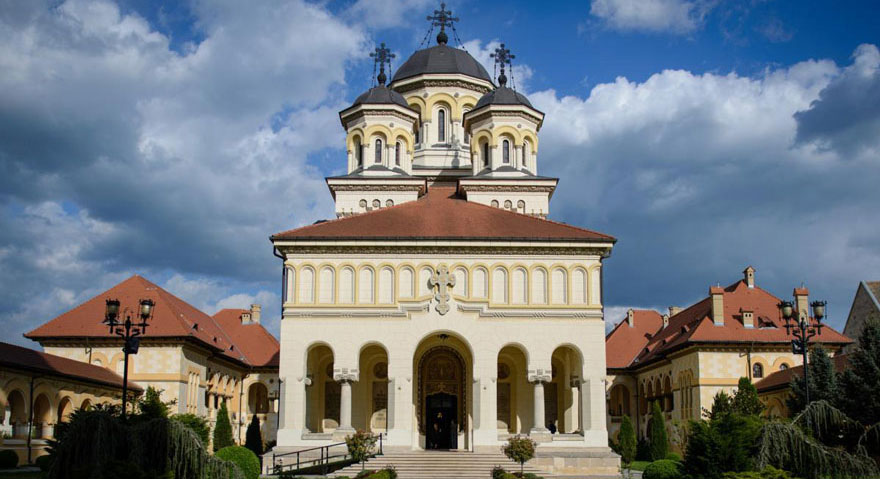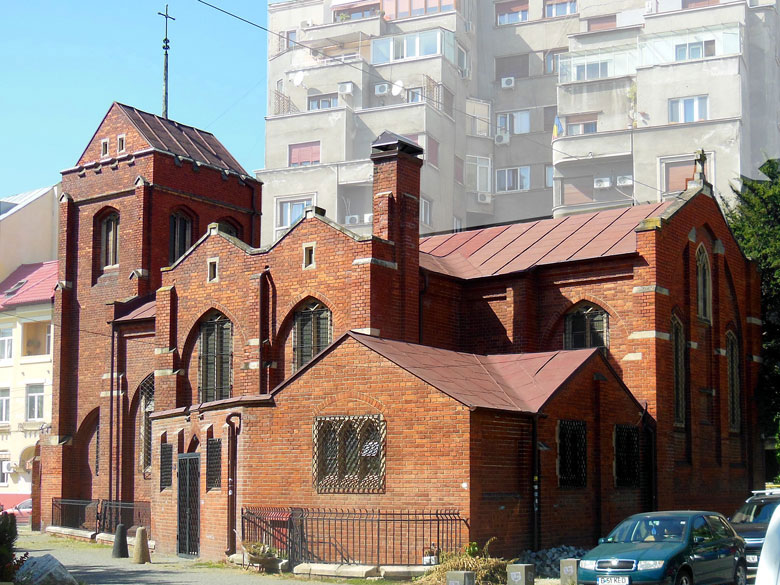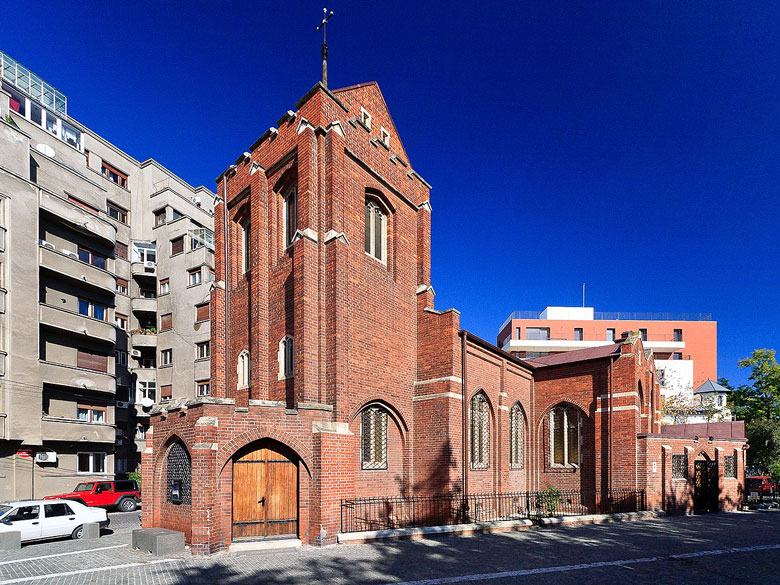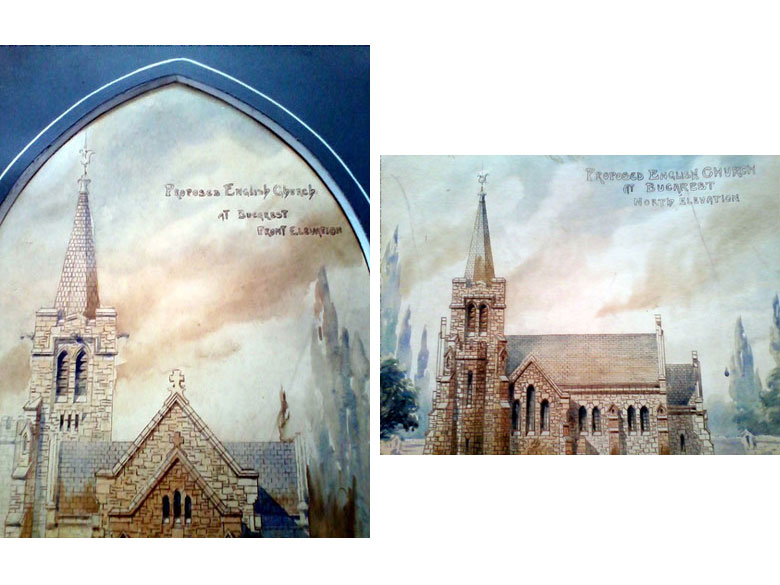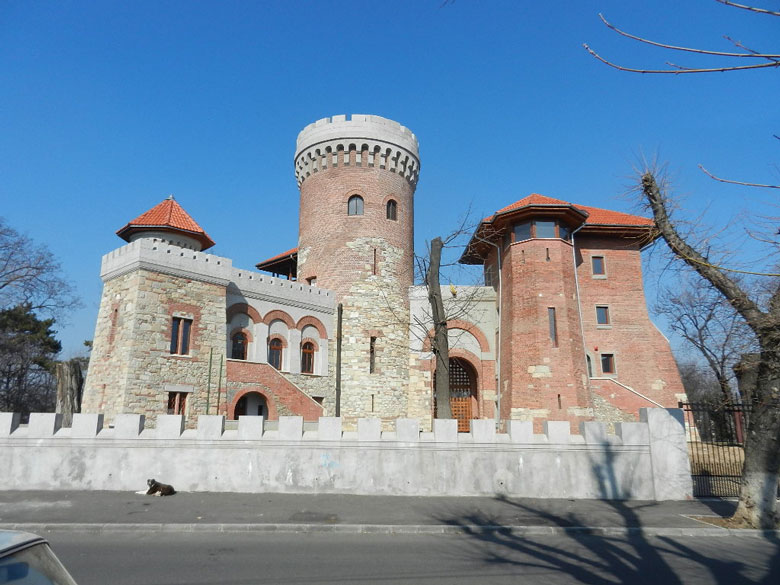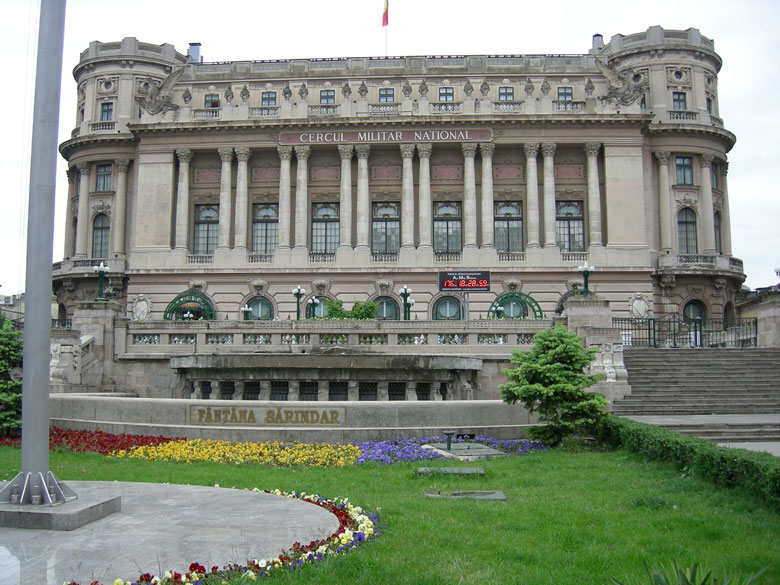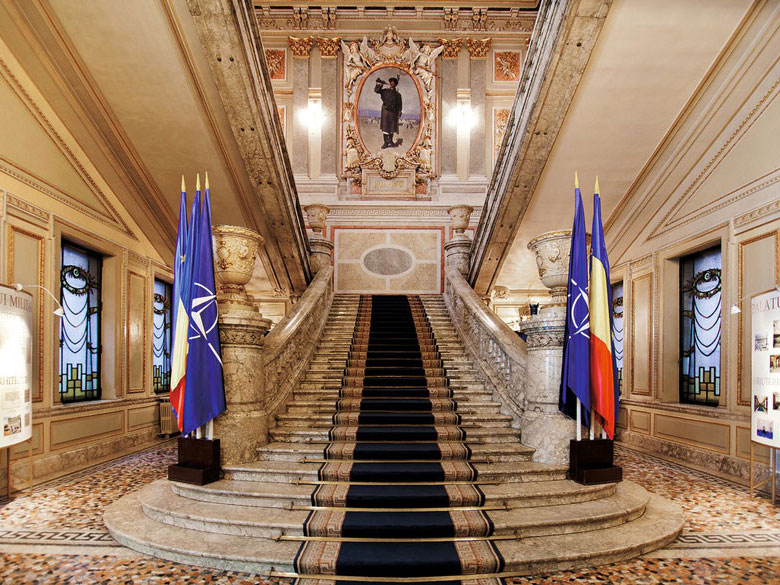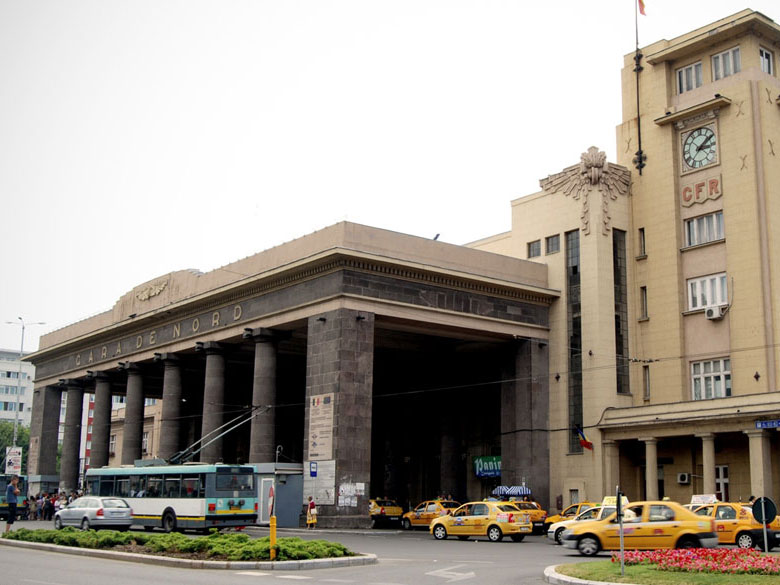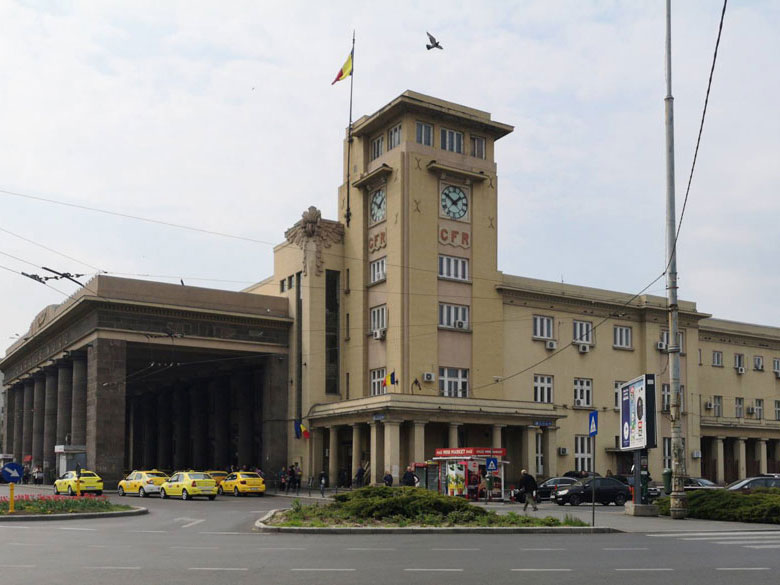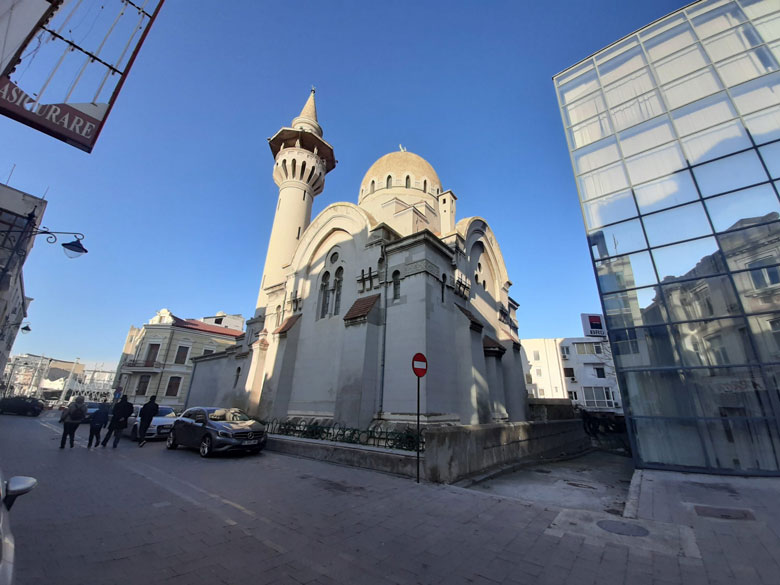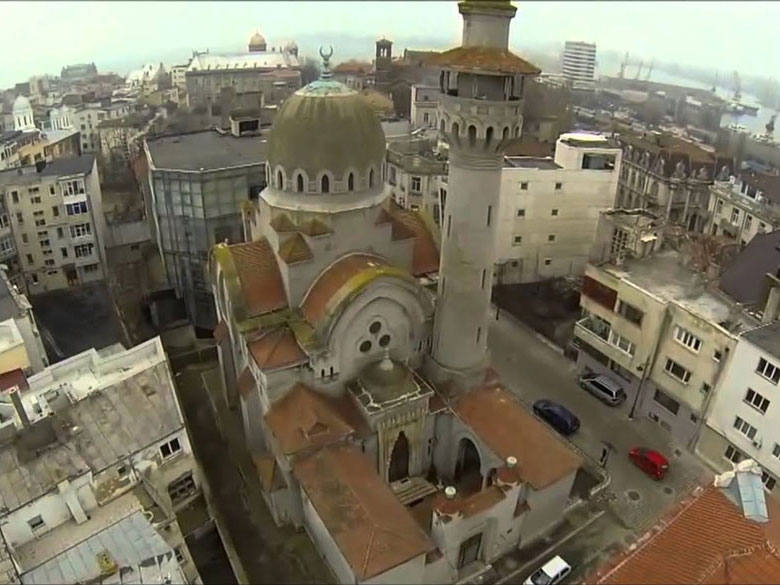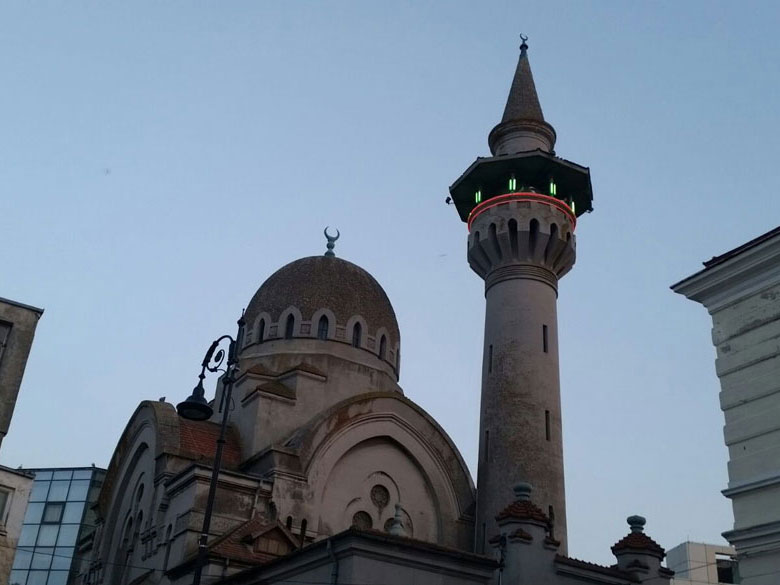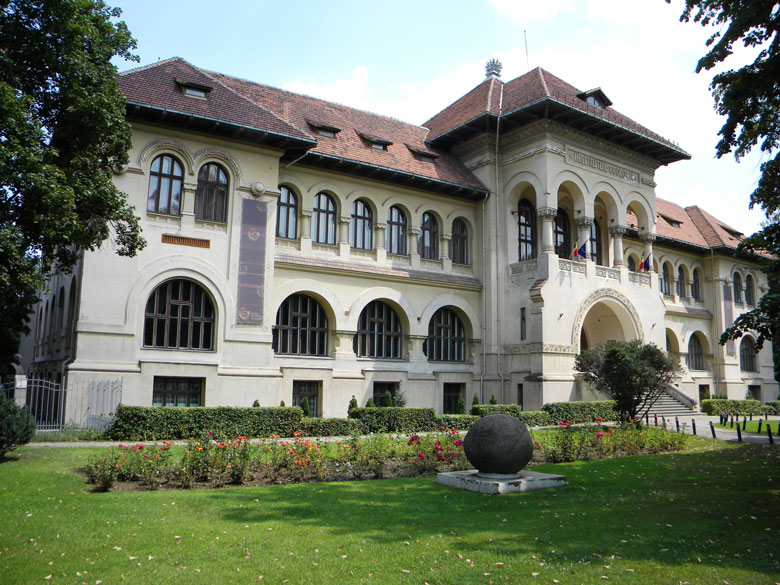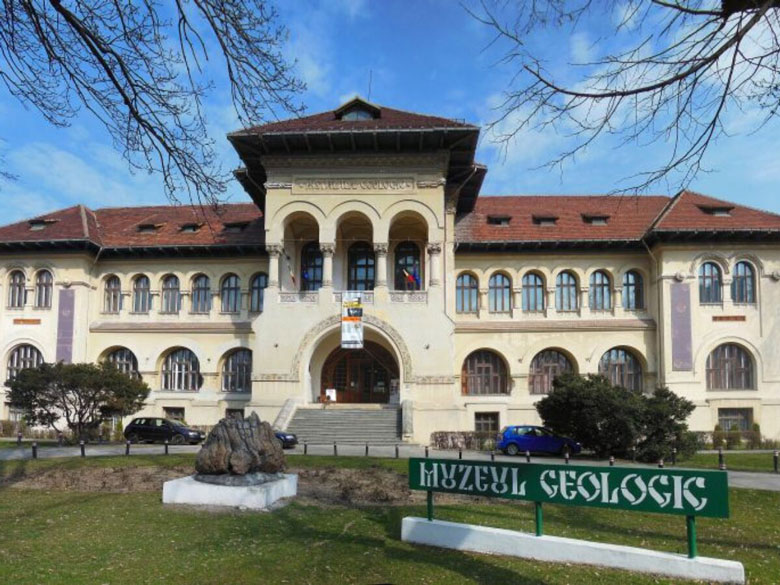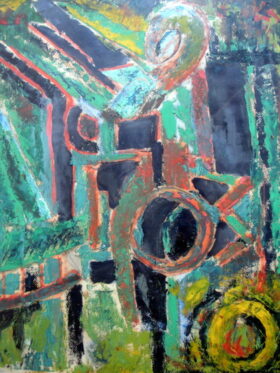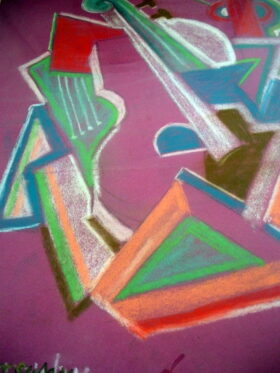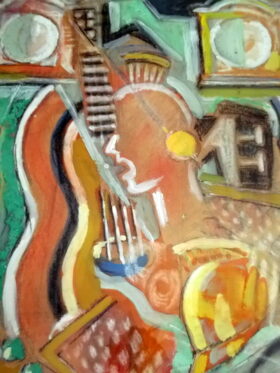The Anglican Church in Bucharest, the Northern Railway Station, the Museum of Geology in Bucharest, the first Telephone Palace on Dacia Boulevard in the capital, the Carol I Royal Mosque in Constanta, the Art Palace, the Art Club Bucharest Military Circle and Coronation Cathedral in Alba Iulia, but also works for the 1906 Exhibition at Carol Park and many private residences – all are monuments entered in the urban memory of Romania and born under the orders of by the same architect, Victor Stephanescu.
Recently, in Constanta, a great initiative has brought to light this work, once again demonstrating the value of the great architect.
A monographic exhibition was inaugurated at the Art Museum of Constanta, thanks to its director, Doina Păuleanu, and the College of Architects – Dobrogea branch, on the initiative of the architect Radu Cornescu, whom we thank both.
Through 40 panels, with many photographs and work plans, is traced the path of Victor Stephanescu in Dobrogea. A very nice initiative that we hope to see continue in Bucharest!
Victor Stephanescu, a high-value student, pursued his studies in architecture in Paris and is the subject of an official scandal at the graduation ceremony. Indeed, this brilliant young man comes out first of his promotion! But to congratulate the winners, many personalities are protesting the representative of the Ministry of Education: how can it not be possible to have a first prize in France? The controversy is at its best.
The Dean of the University must threaten to resign and publicly demonstrate, in order for Victor Stephanescu to be recognized as the first of the graduates. However, the ceremony brings about national susceptibilities finally paying tribute to the first two ex-eaquo prizes, upgrading to the second French prize.
Leaving behind him the pride of another age, the young architect returns to work in his native Romania. It is designed in the inspiration of French architects, often appointed as the main coordinators of the capital’s most important buildings.
This is the case of the 1906 Exhibition, where Victor Stephanescu works as a team with the main architect of French origin. But one of the most beautiful works, still existing in Bucharest’s architectural heritage, is the Tepes Voda Palace throughout the Carol Park (with an ingenious solution for the water tower).
Bearing the footprint of the Argeş Valley, where the ruins of the castle still stand, the Carol Park Palace is a kind of sentimental retort for the young architect who grew up at the foot of this castle. The influence of Arefu, and of his magnificent summers in the family manor, is as present in his work as that of his brother painter.
With regard to the construction of the Carol I Royal Mosque in Constanta, two beautiful stories have to be told about the heating system, designed for the Pontic winters, and the minaret. The architect has long sought a solution to deal with the cold seasons in this coastal city. Given the monumental size of the building, he requested a special installation to heat the mosque. This equipment from Frankfurt was placed in the basement, where it still stands today, and fed with coal.
The whole heating system has been operating since then (only fuel has been changed).
The minaret was also a source of annoyance to the architect, being considered by his peers as too high and likely to collapse. But his answer was very strong: there was a limitation on the number of people accessing them at the same time and there would be no risk – that was done.
In recognition of his work, Sultan Mohammed V decorated Victor Stephanescu of the “Medgedia” Order in 1913.
Finally, the story of another beautiful building of Bucharest heritage, the Anglican Church: in order to properly meet the requirements of the construction in a style virtually unknown in Romania, the architect went to spend several months in England. He came back with plans that were approved immediately and with specific materials, such as these wonderful red bricks so durable. Today, the Romanian capital still has this symbol of royal times.
Work on the country’s main gateway – the Northern Railway Station – was scheduled between 1930 and 1932 as part of the site’s expansion and modernization process, including columns of Tuscan architecture and the clock tower, added by Victor Stephanescu.




